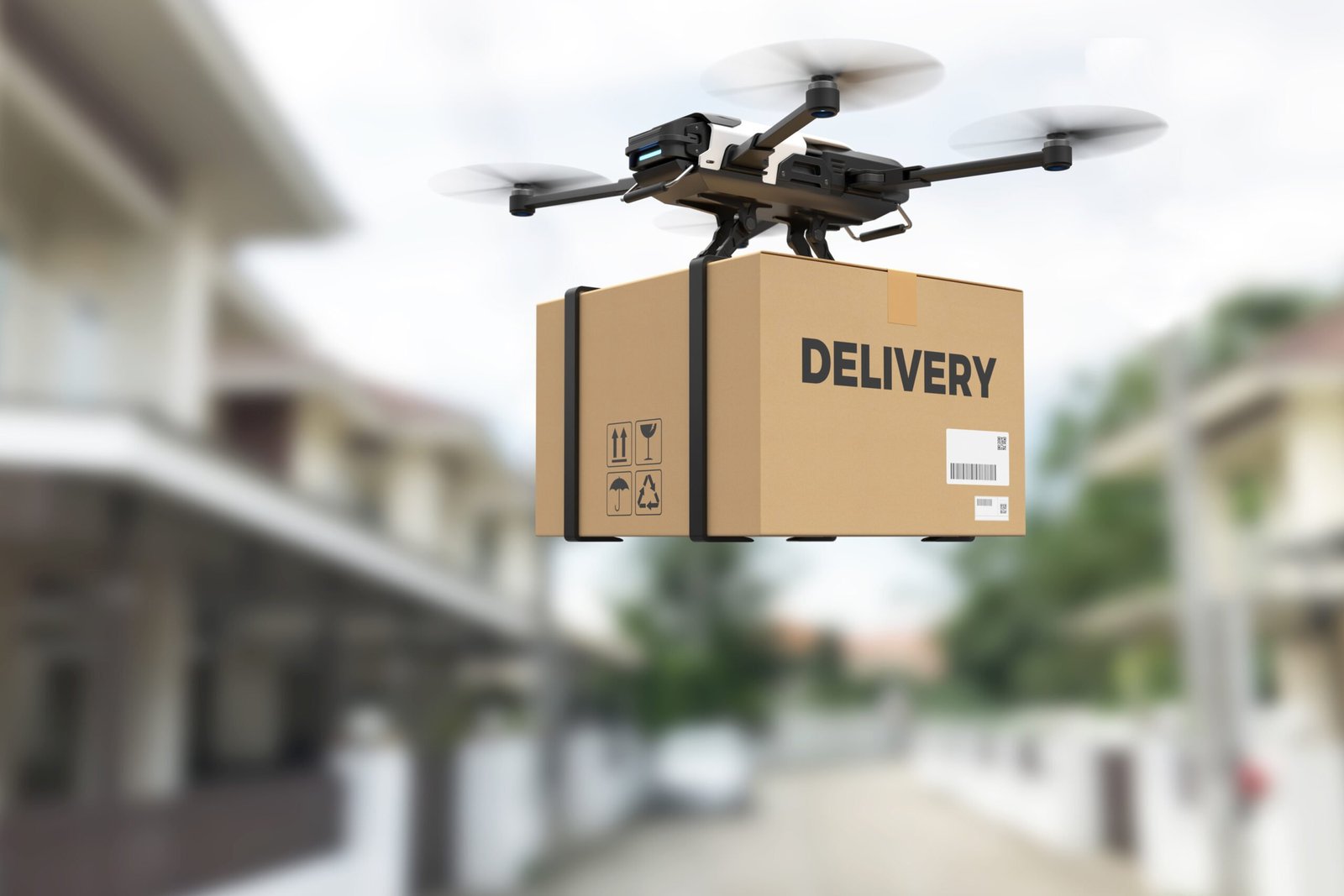Welcome to our 23 & 22: Countdown of the Top 25 Supply Chain Performers resource bank, where we’re currently counting down the top supply chain performers. In the last article, we looked at the success of 3M and Bristol Myers Squibb, which effectively implemented supply chains in their own unique way.
Continuing our top 25 supply chain countdown brings us to General Mills at number 23 and Starbucks claiming the 22nd spot – so let’s look a little deeper at what makes their supply chains so successful.
23. General Mills
General Mills is an international manufacturer of consumer goods for popular marketed brands. Highly adaptive core processes are the cornerstone of their successful supply chain that allowed them to flourish through the vast uncertainty and problems caused by the COVID-19 pandemic.
Adaptive Flair
Responding to the pandemic retroactively was a challenge that many businesses faced worldwide, which meant adapting was even more complex because suppliers within networks were also struggling. This wasn’t much of an issue for General Mills, who were already set and ready to meet rapid increases in demand and this irregular shift between company and consumer.
General Mills had implemented a modern, adaptive platform of business process management prior to the initial shock of the pandemic, which allowed masses of flexibility to cater to high demand and fluctuating changes. This system provided their internal teams with information that they could use to make effective decisions quickly.
Preventing Problems Through Safety
Safety is a practice that businesses have been incorporating for centuries now because it should always come first, and when it doesn’t, threats to lives always trump productivity and efficiency. So adopting a safety-first ethos should be a priority for all supply chains to protect their staff and supplier businesses. General Mills learned this quite harshly through a flour mill explosion in 1878, which encouraged them to sustain a world-leading safety attitude.
This early adoption of immediate safety precautions allowed General Mills to soar when COVID first struck in early 2020, as they were well versed in incorporating safety measures. Wasting no time implementing COVID measures allowed them to work around the evolving situation and strategize a way through the pandemic. They immediately adopted the use of masks and social distancing in their workplace, which meant staff could protect themselves, didn’t fall ill as quickly, and business operations remained functional for longer.
Focused on Learning
Businesses can’t get too complacent in their knowledge and procedures to continue progressing in an increasingly globalized society. General Mills has a unique focus on learning new information about market trends to ensure they’re ahead of them and can implement changes that will serve them going into the future.
Again, this was evident in 2020 when they immediately formed daily meetings in response to the COVID outbreak. Daily correspondence allowed them to monitor supply and demand fluctuations and their production capabilities. Uncertain times called for a cohesive unit and required productive discussions and shared input, and General Mills certainly rose to the occasion.
22. Starbucks
The journey from plant to cup is a carefully thought out and innovatively designed one for Starbucks. Starbucks’ 16,700 retail stores exist in many cities worldwide, so sourcing their coffee and other merchandise and distributing them to each store is a complicated challenge. In 2007, Starbucks was concerned with its supply chain when operational costs rose even though sales were dropping. So began their deep dive into their supply chain processes to see what was causing the leaks and vulnerabilities.
They realized that with their increase in success and the opening of many new stores, supply chains became increasingly less optimized because they weren’t built to manage such significant growth.
Organization Adaptions
One of Gartner’s supply chain success themes is strong leadership, and that’s exactly what Starbucks used to transform its manufacturing operations. Starbucks’ president appointed a leader to solely run the company’s supply chain and make the necessary reorganizations. They analyzed how the supply chain was serving stores to identify where they could improve costs – this cost analysis highlighted supply chain expenses were excessive in outsourcing agreements.
Outsourcing had allowed them to expand fast, but it was also draining their expenses, so leadership teams implemented a plan to transform the supply chain, involving a thorough reorganization of the roles and structures. This simplification allows them more visibility of their expenses while adapting the relationship they had with their suppliers.
One Globally Integrated System
Creating an integrated global system was a business necessity for Starbucks because of its scattered stores and supply chain. They source their coffee beans from many different suppliers and countries worldwide, and they use their own logistics to ship them on containers. The unroasted beans are then transported by truck from the port of entry of each country to their storage sites, where coffee beans are roasted, packaged, and then taken to regional distribution centers. Starbucks runs its own distribution centers as well as using third-party services.
You can begin to see the complications in their process, with the many points of contact in production and distribution multiplied by the number of countries they operate in. One of the steps in reorganizing the Starbucks supply chain involved building a global map of their transportation processes – which would have been a challenge to construct in itself. Nevertheless, they analyzed the Starbucks supply chain map, reviewed their operations, and made the necessary changes. These changes included canceling the poor-performing transportation services and investing in the ones providing the best service.
Starbucks could then clearly report on metrics and scorecards to consistently optimize their supply chain with a transparent system to track their supply. This type of data can make a world of difference when supply chains have access to it, so for Starbucks to go these lengths to reach that gold showcases the excellence in their effective supply chain management.


